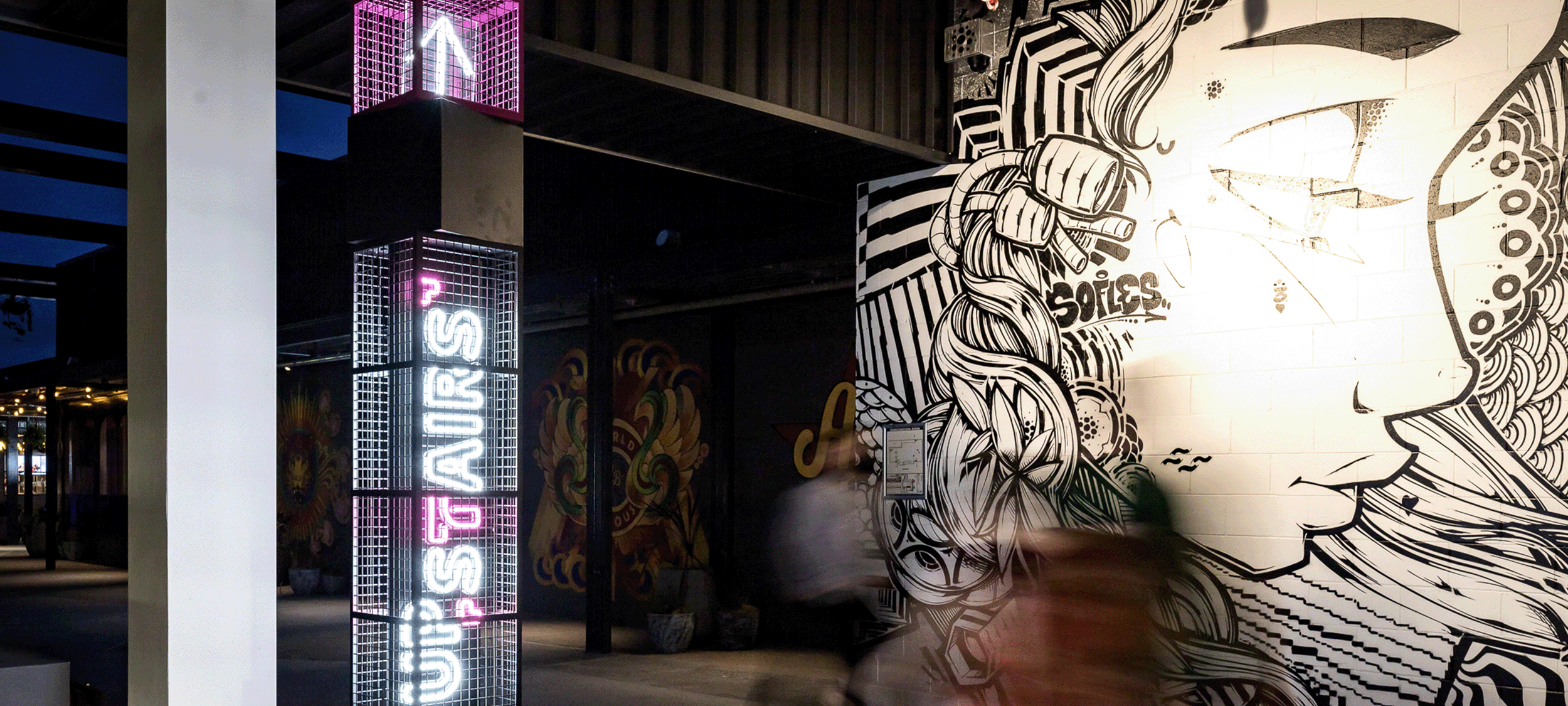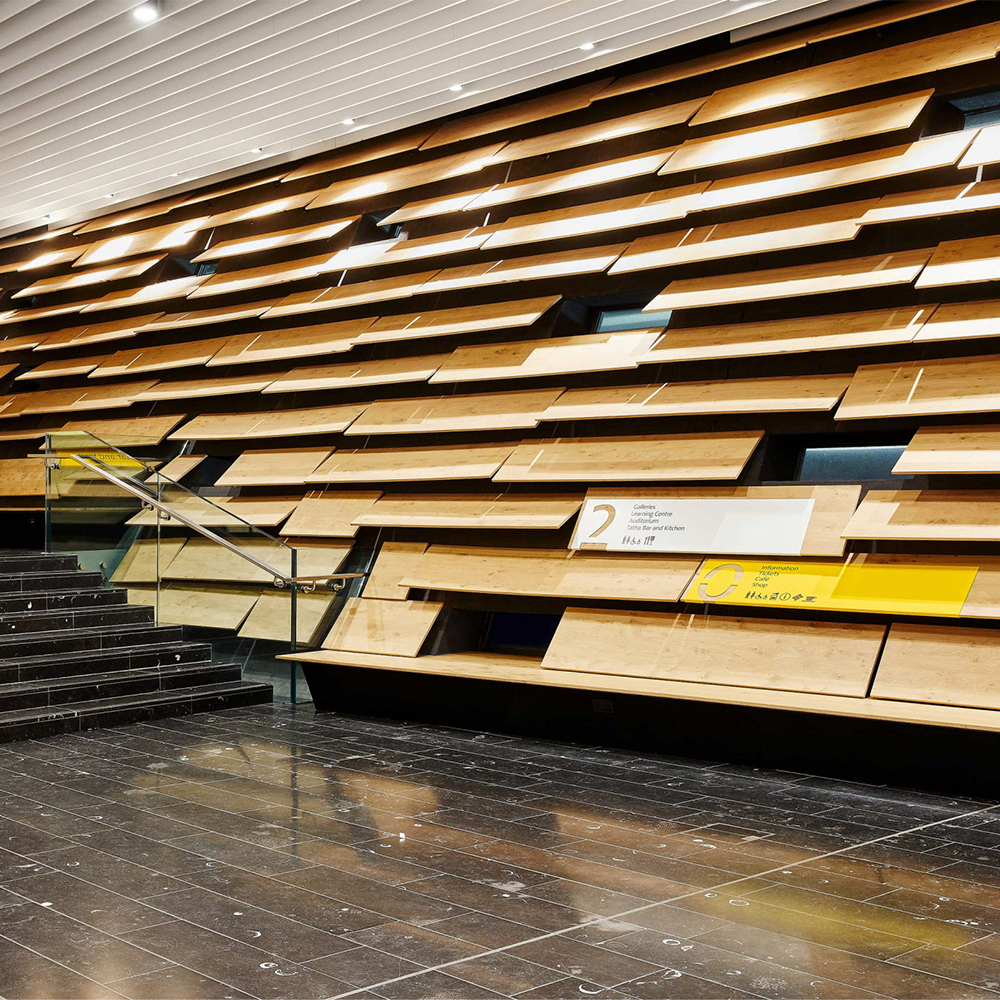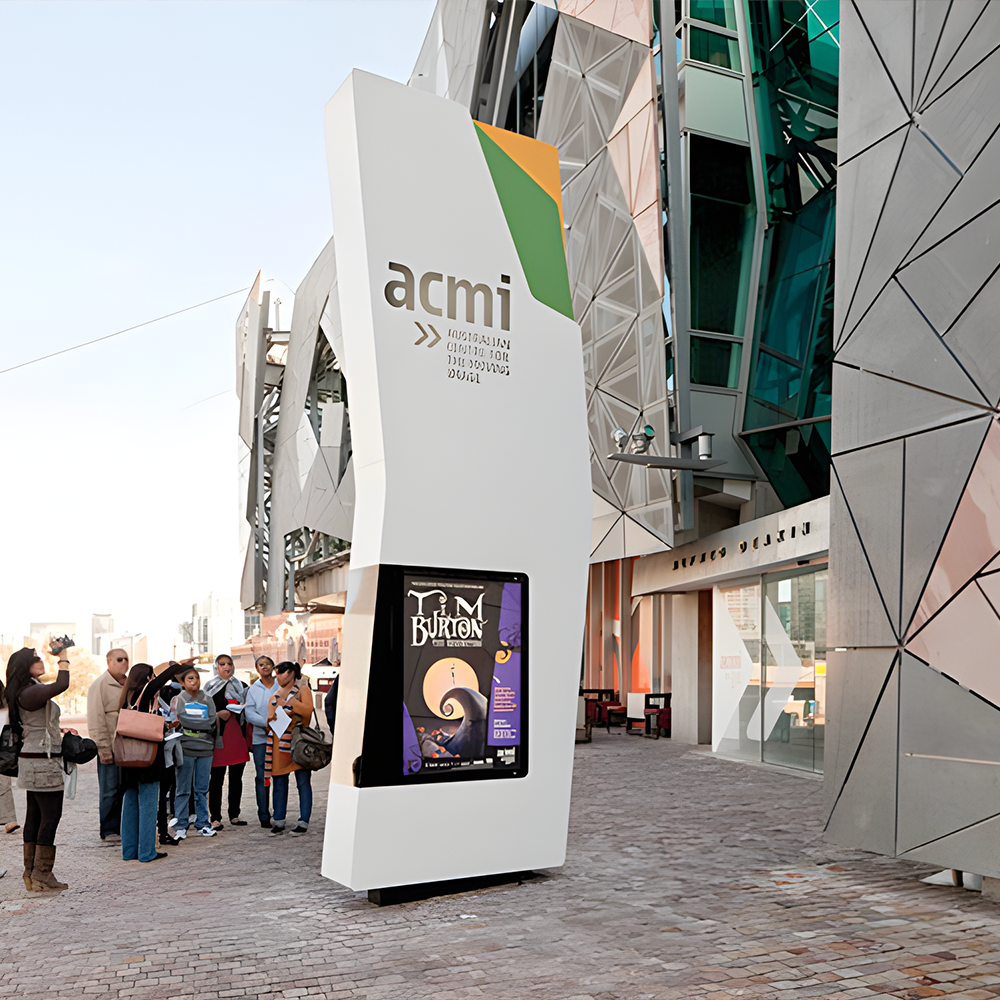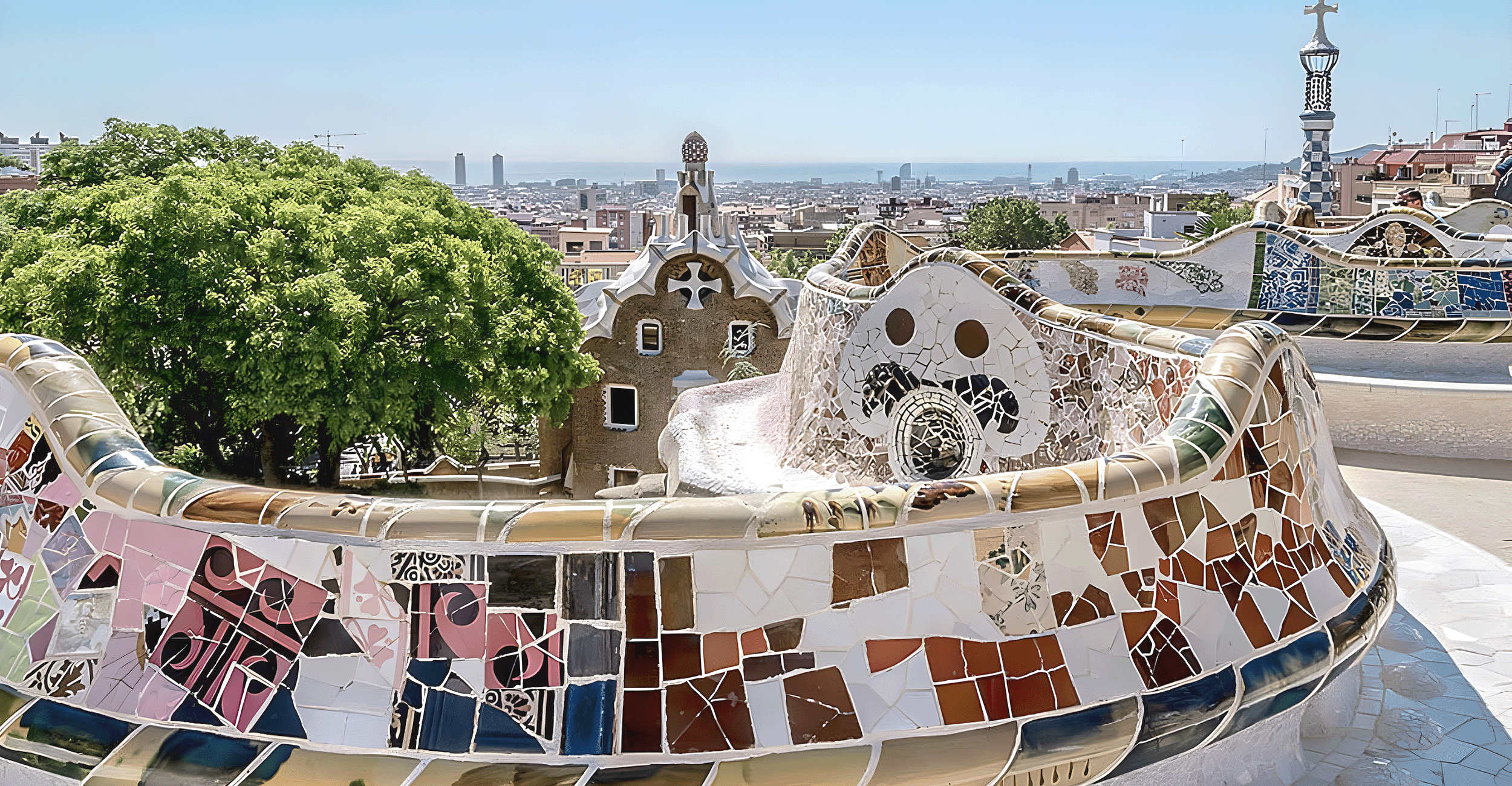Wayfinding That Goes Beyond Direction

When signage and wayfinding works, it feels effortless to move through an environment. When it fails, it disrupts everything operationally and emotionally.


At 8th Wonder, we don’t just see wayfinding as a signage system - we see it as spatial storytelling. It’s how people feel welcomed, orient themselves, and move with confidence through a space.
Yet far too often, wayfinding is siloed. Treated as a visual afterthought rather than a foundational element of experience design.
When integrated from the start, wayfinding:
- Supports accessibility and enhances the experience for all users
- Reduces cognitive load and confusion
- Reinforces the brand and narrative of place
- Accelerates approval and delivery across stages

In instances when public art and wayfinding are combined the art becomes a beacon and spatial marker to orientate and support navigationWhen architecture and the landscape are considered with wayfinding, the opportunity to create intuitive pathways and architectural cues, greatly enhances the experience.
Look globally:
- At V&A Dundee, architect Kengo Kuma designed movement into the building itself, guiding people effortlessly through space.
- At Superkilen Park in Copenhagen, wayfinding blends with art and landscape, telling a multicultural story through form and color.
- Queen Elizabeth Olympic Park in London uses signage that works in harmony with landscape and public art to guide movement and reinforce place identity.
At 8th Wonder, we design wayfinding to be intuitive, expressive, and alive. It’s not a postscript. It’s the invisible thread that ties the experience together.



















